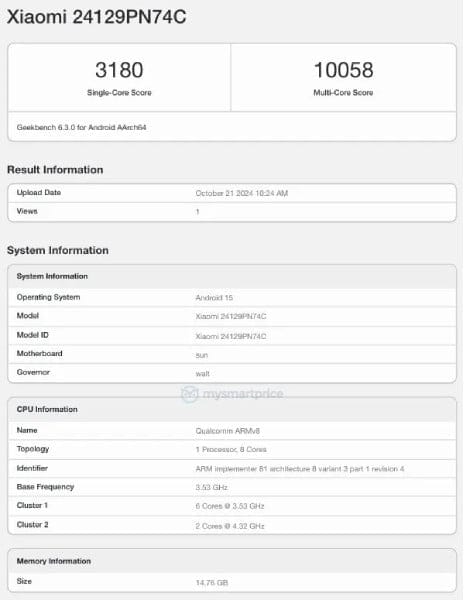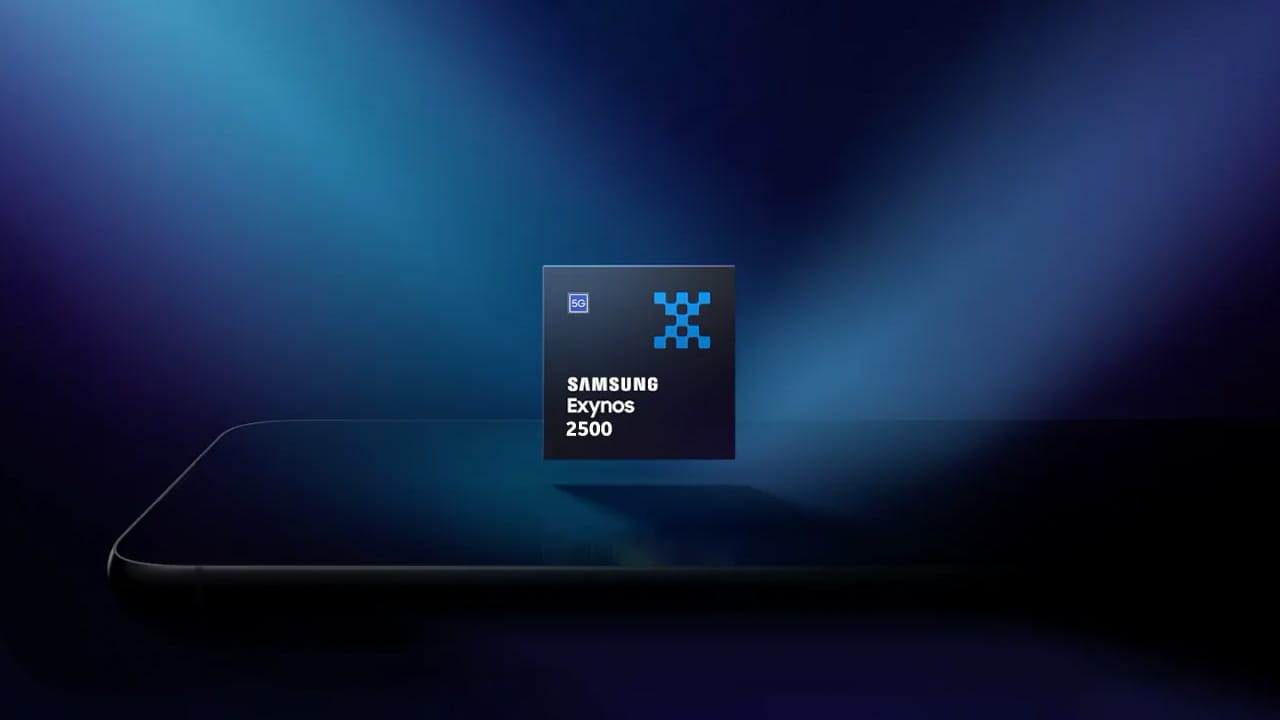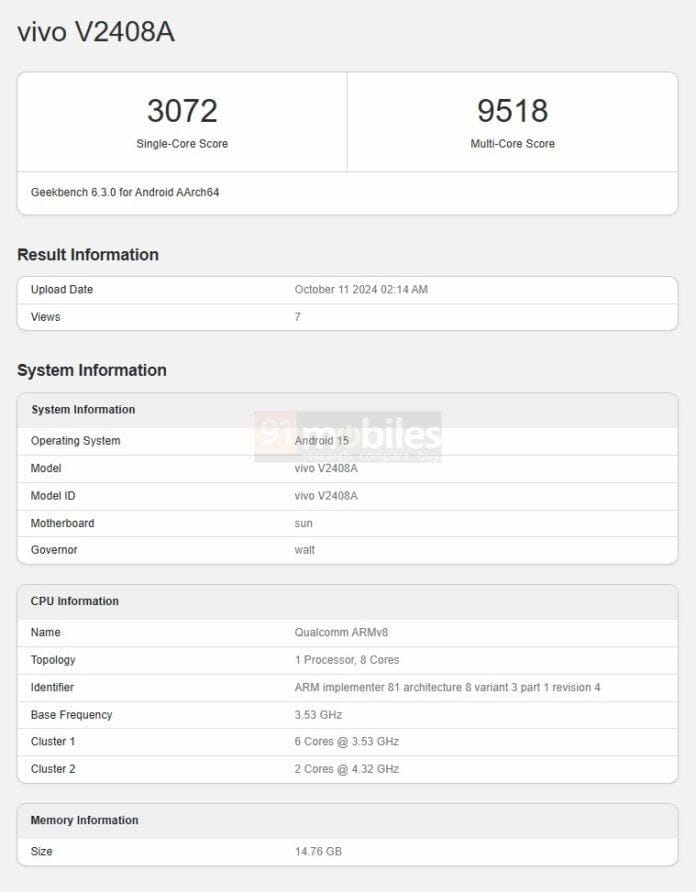Supposed marketing material from AMD suggests that the Ryzen 9 9800X3D will provide only a small 8% performance increase over the Ryzen 7 7800X3D, especially in gaming scenarios. In synthetic benchmarks, the X3D version will likely fall short when compared to its regular counterpart, the Ryzen 7 9700X, due to lower boost clock speeds. This information is supported by two separate Geekbench listings for the Ryzen 9 9800X3D.
Geekbench Performance
In its first test, the CPU achieved scores of 3,295 and 18,560 in Geekbench 6.2’s single-core and multi-core assessments. During its second test, it recorded 3,305 and 18,221 points. Although these scores are close enough to be within the margin of error, they were obtained from different platforms. The first test was conducted on a Biostar X870E motherboard with 48 GB of DDR5-8000 RAM, while the second utilized an Asus ROG Crosshair X870E motherboard with the same memory configuration.
Boost and Comparisons
For the second test, the Ryzen 9 9800X3D reached a boost speed of 5.3 GHz. It’s unclear if these results were achieved at stock settings, but it probably represents the maximum performance one could expect right out of the box. Not surprisingly, it lags behind the Ryzen 7 9700X, which scores around 3,400 in single-core performance, but performs slightly better in multi-core tests. When compared to the Ryzen 7 7800X3D, which has scores of about 2,700 for single-core and 14,000 for multi-core, the Zen 5 model displays a notable 22% improvement in single-core and a 30% boost in multi-core performance. Naturally, X3D chips may not excel in synthetic benchmarks, so it would be wise to wait for more gaming benchmarks to make a fair evaluation.
via @Olrak29_ on X’






















